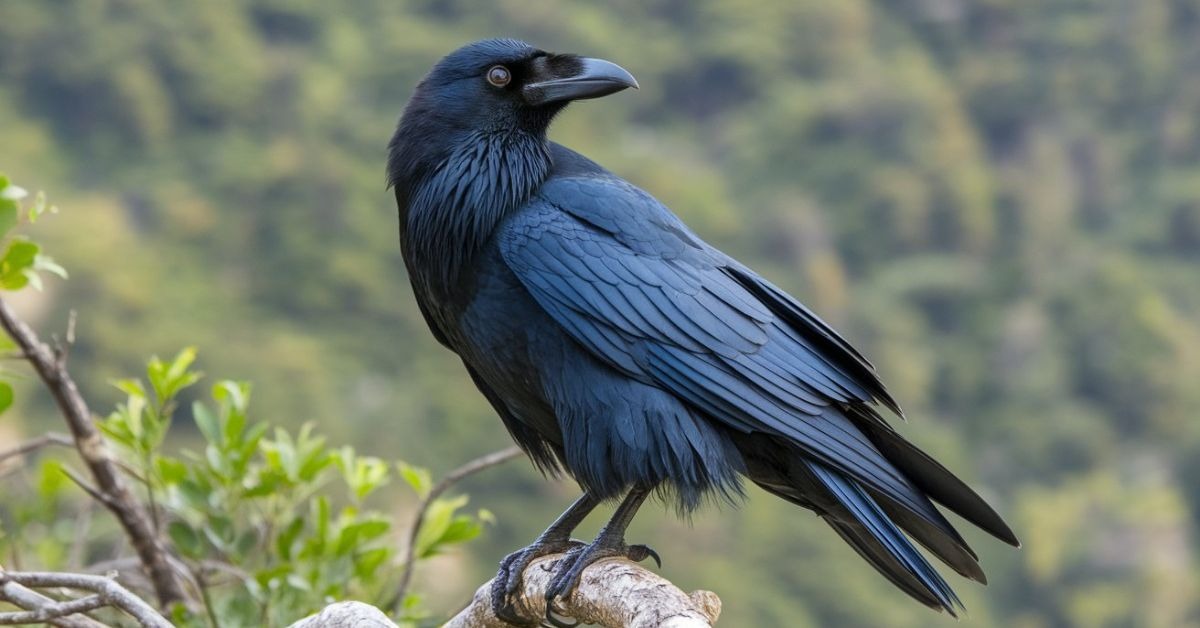The National Bird of Bhutan is the Rufous-necked Hornbill. This bird, known for its vibrant colors and striking appearance, represents the rich wildlife of Bhutan. It’s an important symbol of the country’s natural heritage and biodiversity.
Have you heard of Bhutan’s national bird, the Rufous-necked Hornbill? Known for its striking colors and large bill, it stands out in Bhutan’s forests. Why does this beautiful bird hold such importance in Bhutan’s culture and wildlife?
What is national birds of Bhutan?
One cannot miss their stunning national bird known as Rufous-necked Hornbill. They are a big social bird characterized by, a bright orange red neck. This bird is common in the forests that are found in Bhutan and has become an icon to the country’s diverse biological population.
Bhutan has appreciated this bird for its aesthetic features to the environment as well as the functions it performs. In the forest it aids in the distribution of seeds to grow plants which also form part of the food for animals. It also know as the Rufous-necked Hornbill it is a symbol of Bhutan’s policy to conserve the natural ecosystems.
Also Read: Bird Feeder Tray
What is the significance of the raven birds in Bhutan?
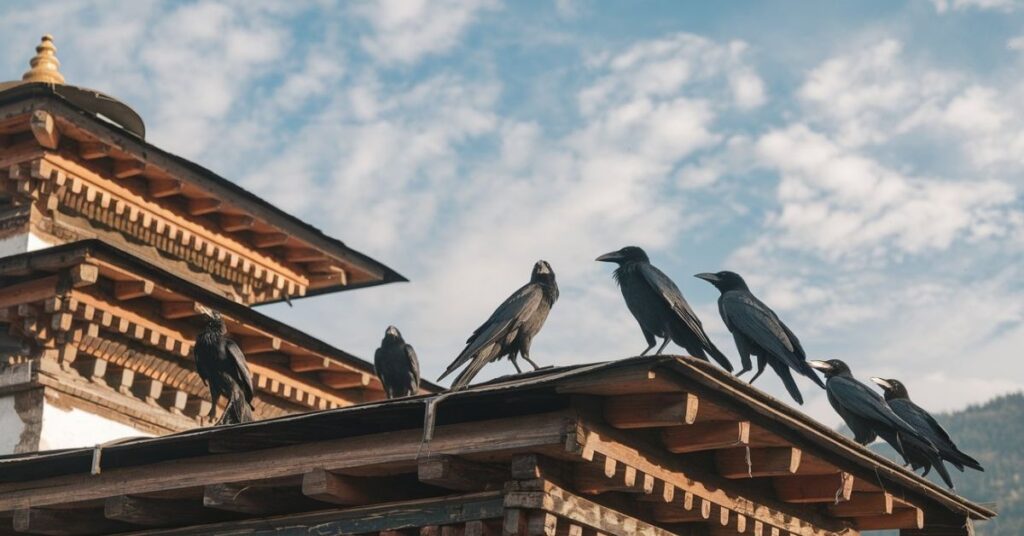
In Bhutan, the raven is regarded as the protector and being strong. It is hold with reverence and is very much associated with the history and the monarchy of the country. Even the Bhutanese royal emblem has been based on this bird of prey as known as the raven is considered the guardian spirit.
In folklore, it has its place in the local folklore culture and that is why this bird is valued for its intelligence. It also has the meaning of guidance on the one hand and wisdom on the other. The significance of raven depicts the cultural bond of the Bhutanese with nature and divinity.
What is the national fruit bird of Bhutan?
The apple is the national fruit of Bhutan. The climate is cool, the soil is rich and hence; apples are well grown and eaten in the kingdom of Bhutan. This fruit is grown in Bhutan and widely consumed in its local dishes and meals.
The Bhutanese people particularly Macaulay go for fresh and tasty apples. They are commonly employed in recipes of conventional meals and taken as relishes. We can see that the apple symbolizes the country’s association with the rich soil and farming aspect which is characteristic of it.
What is a raven birds bhutan called in Dzongkha?
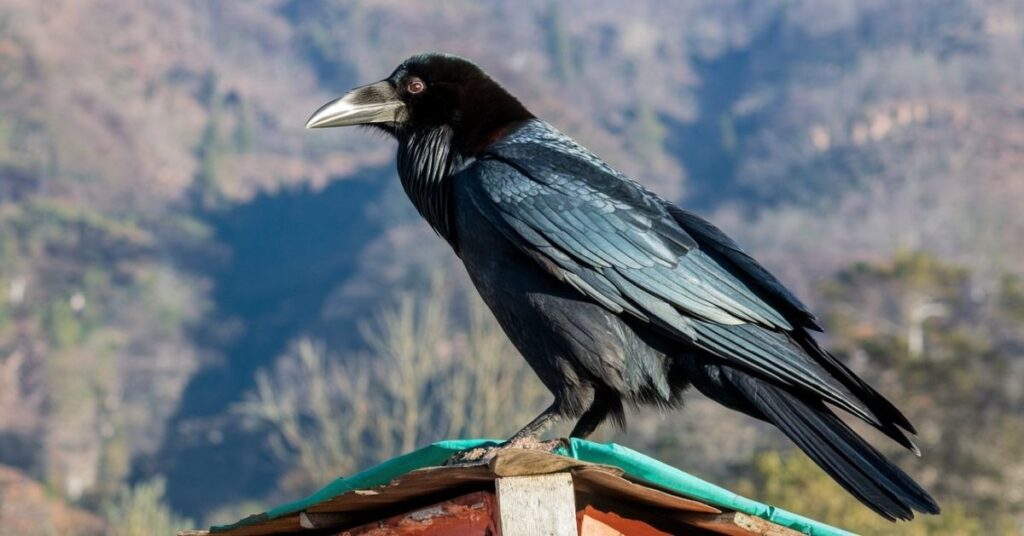
However the raven is called “Jarog” in the local language, Dzongkha. This bird has a special reference to the Bhutanese culture and history, especially the monarchy. This is an emblem of protection, power as well as a source of guidance and is regarded as an entity with a lot of significance in the traditions of Bhutan.
The raven or the Jarog is even depicted on the crown of the King of Bhutan. This is evident in its use in folklore and religion meaning that it has a sanctity about it. This connection reveals that Bhutan has great respect for natural resources as well as that it has a rich cultural base.
What is the national birdscolor of Bhutan?
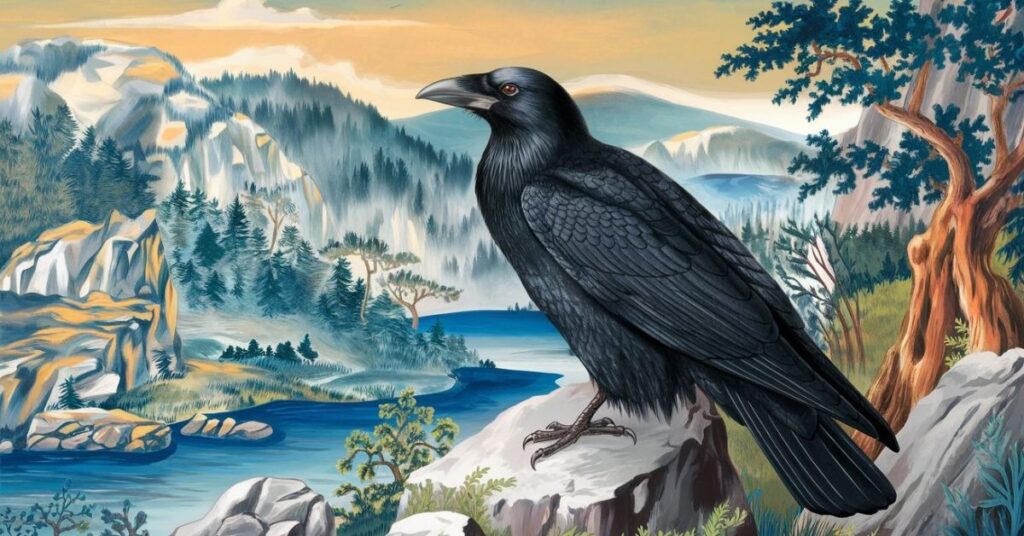
The Rufous-necked Hornbill is the national bird of Bhutan and the colors depicted on it are very bright. Its neck is orange-red while rest of its body is having black and white color on it. These bright colours make it easily identifiable and represents the abundant goodwill that is natural in Bhutan.
The bird has colourful plumage, which is symbolic with the country’s wildlife stocks. This bird is one of the colourful birds that is used in their mating activities as well as in their communication. This is a playful and flamboyant bird that reminded me the message of the King and the Government of Bhutan about the great need to protect their environment.
What is the official logo of national birds of Bhutan?
The official logo of Bhutan’s national bird, the Rufous-necked Hornbill, is featured prominently on the country’s royal emblem. The bird’s image is included to represent Bhutan’s commitment to wildlife conservation and its rich natural heritage.
The logo highlights the bird’s distinctive colors and majestic presence. It serves as a symbol of Bhutan’s dedication to protecting its unique wildlife and maintaining its cultural traditions.
What is the lucky symbol of bird Bhutan?
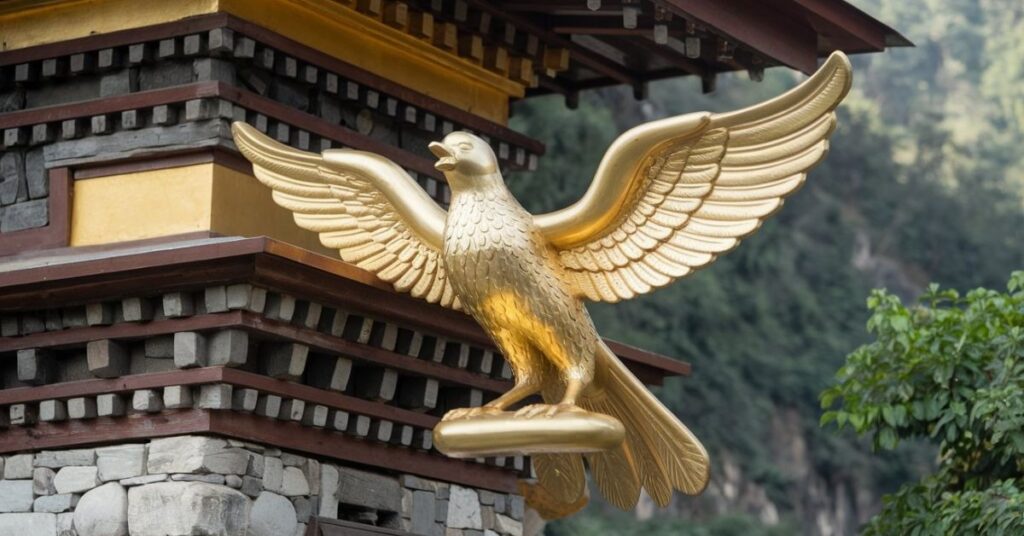
In Bhutan, the raven is considered a lucky symbol. It is associated with protection and good fortune, playing an important role in the country’s spiritual beliefs. The raven is seen as a guardian spirit in Bhutanese culture.
This bird is often featured in Bhutanese art and rituals, reflecting its significance. It symbolizes wisdom and guidance, and its presence is thought to bring positive energy and luck.
National flower of Bhutan
The national flower of Bhutan is the Blue Poppy. This beautiful flower blooms in the high-altitude regions of Bhutan, showcasing a striking blue color. It is admired for its unique appearance and delicate petals.
The Blue Poppy symbolizes the country’s natural beauty and is a key part of Bhutan’s floral heritage. It thrives in Bhutan’s cool climate and rugged terrain, making it a fitting emblem of the country’s mountainous landscape.
National bird of bhutan raven
The national bird of Bhutan, the raven, is a powerful symbol in the country. Known as “Jarog” in Dzongkha, it represents strength, protection, and guidance. This bird is highly respected in Bhutanese culture and appears in various traditional stories.
Ravens are considered sacred and play a significant role in Bhutanese folklore. They are often seen as guardians and messengers, reflecting the deep spiritual connection between Bhutan’s people and their natural surroundings.
National birds tree of Bhutan

The national tree of Bhutan is the Bhutan Cypress. This tree is native to the region and is known for its tall, slender form and aromatic wood. It symbolizes the natural beauty and rich forests of Bhutan.
The Bhutan Cypress plays an important role in local ecosystems and is often used in traditional Bhutanese architecture. Its presence in the country highlights Bhutan’s commitment to preserving its unique flora and maintaining its environmental heritage.
Also Read: cardinal bird feeders
FAQs
Where can you find the Rufous-necked Hornbill in Bhutan?
You can find the Rufous-necked Hornbill in the forests of Bhutan, particularly in the eastern regions. It thrives in the country’s dense, subtropical and tropical forests, where it nests and forages for food.
What role does the Rufous-necked Hornbill play in Bhutanese culture?
In Bhutanese culture, the Rufous-necked Hornbill is a symbol of nature’s beauty and the country’s environmental values. Its image is featured in cultural art and represents the country’s respect for wildlife and nature.
What does the Rufous-necked Hornbill symbolize in Bhutanese culture?
In Bhutanese culture, the Rufous-necked Hornbill symbolizes the beauty and strength of nature. It is also a symbol of the country’s dedication to protecting its wildlife and preserving natural heritage.
How does the Rufous-necked Hornbill contribute to Bhutan’s ecosystem?
The Rufous-necked Hornbill helps maintain the health of Bhutan’s forests by dispersing seeds. This process supports plant growth and contributes to the overall biodiversity of the region.
How does the Rufous-necked Hornbill contribute to the ecosystem in Bhutan?
The Rufous-necked Hornbill plays a crucial role in its ecosystem by dispersing seeds. As it feeds on fruits, it helps maintain the health and diversity of the forest, supporting plant growth and ecological balance.
Summary
The national bird of Bhutan is the Rufous necked Hornbill. Known for its striking orange-red neck and large size, this bird symbolizes Bhutan’s rich natural beauty and wildlife. It is found in the lush forests of eastern and southern Bhutan, where it plays a key role in the ecosystem.
In Bhutanese culture, the Rufous-necked Hornbill represents the country’s commitment to conservation and environmental protection. Its vibrant colors and unique appearance highlight the importance of preserving Bhutan’s diverse wildlife and natural heritage.

Welcom to https://birdsaboutinfo.com. Our content is for general information purposes. While we aim for accuracy, use it at your own risk. Seek professional advice for specific concerns. We’re not responsible for external links or the outcome of using our information. Some content may contain affiliate links. We may update this Disclaimer.
